Your Ultimate Guide from the Versailles Blog
Welcome to your definitive guide to one of the world’s most magnificent and historic sites. The Palace of Versailles is more than just a building; it’s a universe of history, art, and culture waiting to be explored. Whether you’re planning your first visit or you’re a seasoned history enthusiast, this Versailles blog is designed to be your go-to resource. We will journey through opulent halls, wander through enchanting gardens, and uncover the stories that have shaped this iconic landmark. From practical tips for visiting to deep dives into its scandalous past, we have everything you need to make your experience unforgettable. Prepare to be transported back in time as we explore the grandeur and intrigue of Versailles together.
Key Takeaways
- Comprehensive Planning is Key: A successful trip to Versailles requires careful planning. Understand the different ticket options, opening hours, and the best times to visit to avoid crowds.
- Explore Beyond the Palace: The Gardens of Versailles, the Grand Trianon, and the Queen’s Hamlet are essential parts of the experience and offer a different perspective on royal life.
- History is Everywhere: Every room and garden path has a story. Learning about key figures like Louis XIV, Marie Antoinette, and the major historical events will deeply enrich your visit.
- Leverage Digital Resources: Use the official app and digital resources like this Versailles blog to navigate the estate, learn on the go, and uncover hidden gems.
- Comfort is Crucial: Wear comfortable shoes and dress in layers. The estate is vast, and you’ll be doing a lot of walking, both indoors and outdoors.
The Versailles Blog: Your Starting Point for an Epic Journey
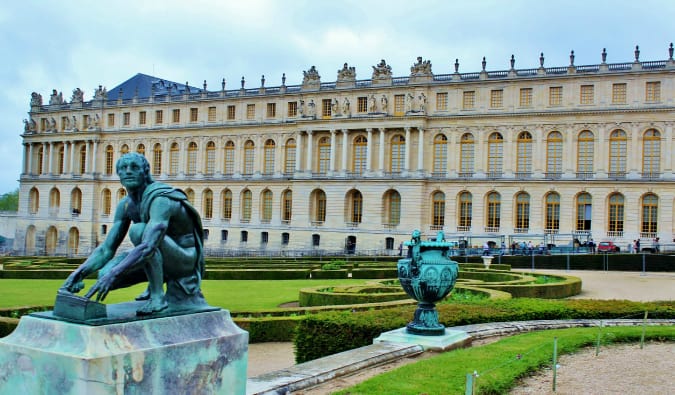
Embarking on a journey to Versailles can feel like stepping into a different world. With its immense scale and rich history, knowing where to begin is the first step toward a truly memorable visit. This Versailles blog serves as your personal compass, guiding you through the essential information you need before you even pack your bags. We believe that a well-planned trip is a successful one, free from the stress of last-minute decisions. Think of us as your friendly expert, here to provide insights that go beyond the typical guidebook. We’ll cover everything from securing the right tickets to understanding the layout of the sprawling estate, ensuring you feel confident and prepared. Our goal is to transform your visit from a simple tour into a personal adventure, filled with wonder and discovery at every turn.
Understanding the Palace Layout
Navigating the Palace of Versailles can be a delightful challenge due to its sheer size. The main palace is structured around a central courtyard, with the State Apartments, including the famous Hall of Mirrors, forming the core of the visitor experience. To the west of the palace lie the vast Gardens of Versailles, a masterpiece of landscape design. Within the larger estate, you will find the Trianon Palaces—the Grand Trianon and the Petit Trianon—and the charming Queen’s Hamlet. This Versailles blog strongly recommends studying a map before your visit to familiarize yourself with these key areas. Knowing the general direction of the gardens from the main palace, or where the Trianons are located relative to the Grand Canal, will save you time and help you move through the estate with ease.
Best Times to Visit Versailles
Timing is everything when it comes to visiting a world-renowned attraction like Versailles. To avoid the largest crowds, aim for a weekday visit, particularly on a Tuesday or Wednesday. Weekends, especially Saturdays, and public holidays tend to be the busiest. The shoulder seasons of spring (April-May) and fall (September-October) offer a wonderful balance of pleasant weather and more manageable crowd levels. If you must visit during the peak summer months, this Versailles blog suggests arriving either right at opening time (9:00 AM) or later in the afternoon (after 3:00 PM) to bypass the midday rush. The gardens are often less crowded in the early morning, making it a perfect time for a peaceful stroll before heading into the bustling palace.
A Deep Dive into the History of Versailles
The history of Versailles is as grand and complex as the palace itself. What began as a modest hunting lodge for King Louis XIII in 1623 was transformed by his son, Louis XIV, into the epicenter of French political power and a symbol of absolute monarchy. The Sun King moved his court and government to Versailles in 1682, turning it into a gilded cage where he could keep a close eye on the nobility. For over a century, Versailles was the stage for major political dramas, lavish parties, and significant cultural advancements. The palace witnessed the decline of the monarchy, culminating in the French Revolution, when King Louis XVI and Queen Marie Antoinette were forced to leave in 1789. This Versailles blog encourages visitors to see the palace not just as a beautiful structure, but as a living museum that tells the story of France’s most turbulent and transformative years.
The Sun King: Louis XIV’s Grand Vision
Louis XIV is the principal architect of Versailles as we know it today. His ambition was to create a palace that would reflect the glory of France and his own absolute power. He enlisted the era’s greatest artists and architects—Louis Le Vau, Jules Hardouin-Mansart, and the landscape designer André Le Nôtre—to bring his vision to life. The construction was a monumental undertaking, employing tens of thousands of workers. For Louis XIV, Versailles was more than a home; it was a political instrument. By requiring the nobility to reside at court, he effectively neutralized their power and made them dependent on his favor. The intricate court etiquette and constant celebrations were all part of his strategy to control the aristocracy. As you walk through the State Apartments, try to imagine the daily life of the court, a world orchestrated entirely by the Sun King. This Versailles blog highlights the Hall of Mirrors as the ultimate expression of his power and ambition.
Marie Antoinette’s Private World
While Versailles is synonymous with Louis XIV, Queen Marie Antoinette left her own indelible mark on the estate. Seeking an escape from the rigid formality of the main court, she created her own private domain. The Petit Trianon, a small château gifted to her by Louis XVI, became her personal refuge where she could live more informally with her closest friends. She redecorated it entirely to her taste, favoring a more delicate and personal style. Nearby, she commissioned the creation of the Queen’s Hamlet, a rustic village complete with a farmhouse, a dairy, and a mill. Here, she and her ladies-in-waiting would play at being shepherdesses, a fantasy that drew both fascination and criticism. The Versailles blog recommends visiting these areas to gain a more nuanced understanding of Marie Antoinette, a queen who longed for a simpler life amidst the overwhelming splendor of the French court.
Versailles and the French Revolution
The opulence of Versailles stood in stark contrast to the growing poverty and unrest in France during the late 18th century. The palace became a powerful symbol of the monarchy’s extravagance and disconnection from the struggles of the common people. The boiling point was reached on October 5, 1789, when a large crowd of Parisian women, furious over the price of bread, marched on Versailles. They stormed the palace, demanding that the royal family return to Paris. The next day, King Louis XVI, Marie Antoinette, and their children were forced to leave Versailles, never to return. This event marked a decisive turning point in the French Revolution and the end of Versailles’ role as the seat of royal power. Exploring the palace with this history in mind adds a layer of poignant drama to its beautiful halls.
Must-See Attractions Within the Palace
The Palace of Versailles is a treasure trove of art and architecture, with each room offering a new spectacle. While it’s impossible to see everything in one day, some areas are simply unmissable. The State Apartments, the Hall of Mirrors, and the Royal Opera are at the top of every visitor’s list for good reason. These spaces were designed to impress, showcasing the immense wealth and artistic prowess of the French monarchy. As you move through these historic rooms, pay attention to the details—the painted ceilings, the gilded carvings, the intricate tapestries. Each element was carefully chosen to contribute to the overall message of power and prestige. This Versailles blog suggests focusing on these key areas to get the most out of your time inside the palace, allowing you to fully absorb the magnificence of your surroundings.
The Hall of Mirrors
The Hall of Mirrors, or Galerie des Glaces, is arguably the most famous room in the world and the centerpiece of the palace. This breathtaking gallery stretches over 73 meters and connects the King’s and Queen’s State Apartments. Its most striking feature is the seventeen large arched mirrors that face seventeen windows overlooking the gardens. At the time of its construction, mirrors of this size were a luxury of almost unimaginable expense, making the hall a stunning display of French economic and artistic dominance. The ceiling is adorned with paintings by Charles Le Brun, celebrating the political and military victories of Louis XIV. The hall was not just a passageway; it was used for important state ceremonies and lavish court balls. It was also here that the Treaty of Versailles was signed in 1919, officially ending World War I. This Versailles blog insists that you take a moment here to simply stand and absorb the history and grandeur.
The King’s State Apartments
The King’s State Apartments consist of a series of seven opulent salons, each dedicated to a classical deity and used for official court functions. This enfilade, or series of rooms with aligned doorways, was designed to create a dramatic procession leading to the King’s presence. Guests would pass through the salons of Venus, Diana, Mars, Mercury, and Apollo, with each room becoming progressively more luxurious. The Apollo Salon, originally the King’s bedchamber, served as the throne room. The elaborate decor, featuring rich marble, gilded carvings, and ceiling paintings depicting the lives of the gods, was intended to overwhelm visitors with a sense of the King’s divine authority. A visit through these apartments offers a direct look into the ceremonial life of the court and the powerful propaganda embedded in the palace’s art and architecture.
The Queen’s State Apartments
Symmetrical to the King’s Apartments, the Queen’s State Apartments were the private domain of three French queens: Maria Theresa, Marie Leszczynska, and Marie Antoinette. While mirroring the layout of the King’s side, these rooms reflect the personal tastes and influences of the women who lived there. The most famous room is the Queen’s Bedchamber, where the queen held her formal morning reception and gave birth to the royal children in public, a court custom to ensure the legitimacy of the heir. This is the very room from which Marie Antoinette famously escaped during the October Days of 1789. Over the years, the decor was updated by each successive queen, with Marie Antoinette’s final redecoration introducing a more delicate, floral style that contrasted with the heavier baroque aesthetic of the rest of the palace. A Versailles blog visit isn’t complete without appreciating this more personal side of royal life.
Exploring the Gardens and the Estate
The Gardens of Versailles are as famous as the palace itself and represent a pinnacle of French formal garden design. Spanning some 800 hectares, the gardens are a meticulously planned masterpiece of symmetry, perspective, and control over nature. Designed by André Le Nôtre for Louis XIV, they are arranged in a formal pattern of pathways, parterres, fountains, and groves. The gardens were meant to be an extension of the palace, another venue for royal entertainment and a symbol of the king’s power over the natural world. Beyond the formal gardens, the larger estate includes the Grand Canal, the Trianon palaces, and the Queen’s Hamlet. This Versailles blog urges you to allocate at least half of your day to exploring these outdoor spaces. Renting a golf cart or a boat on the Grand Canal can be a fun and efficient way to cover the vast grounds.
The Musical Fountains Show
One of the most magical experiences at Versailles is the Musical Fountains Show (Grandes Eaux Musicales). On select days from spring to fall, the garden’s historic fountains are activated and set to the sounds of baroque music. This event brings the gardens to life in the way Louis XIV intended. As you wander from grove to grove, you’ll discover hidden fountains springing into action, creating a dazzling spectacle of water and sound. The show culminates at the Neptune Fountain, the largest in the gardens, with a powerful aquatic display. For a truly enchanting experience, consider attending one of the Night Fountain Shows, where the gardens are illuminated with dramatic lighting and the evening concludes with a spectacular fireworks display over the Grand Canal. This Versailles blog highly recommends checking the schedule and booking tickets in advance for this popular event.
The Grand Trianon and Petit Trianon
Tucked away from the main palace are the Trianon palaces, offering a more intimate glimpse into the private lives of the royals. The Grand Trianon, with its pink marble columns, was built by Louis XIV as a retreat for himself and his mistress. It was a place to escape the rigid etiquette of the court and enjoy more relaxed company. Napoleon later refurbished it for his own use. Nearby, the Petit Trianon is forever associated with Marie Antoinette. This exquisite small château embodies the shift in architectural style towards the more refined Neoclassicism. It was her exclusive domain, a place where she could shed her role as queen and simply be herself. Visiting the Trianons provides a fascinating contrast to the overwhelming scale of the main palace and reveals a more human side of its famous residents.
Marie Antoinette’s Estate: The Queen’s Hamlet
Adjacent to the Petit Trianon lies one of the most charming and surprising parts of the Versailles estate: the Queen’s Hamlet (Hameau de la Reine). This rustic village was created for Marie Antoinette and includes a collection of twelve charming buildings designed to look like a Normandy peasant village. It features a farmhouse, a dairy, a mill, a boudoir, and a tower, all set around a picturesque lake. While it was a fully functioning farm, the hamlet was primarily a place of leisure for the queen and her children, where they could enjoy the fantasy of a simple, pastoral life. The idyllic setting and seemingly “make-believe” nature of the hamlet drew heavy criticism and fueled the public’s perception of the queen as frivolous and out of touch. Today, it remains a beautiful and slightly surreal place to explore. For more insights on this unique location, visiting a specialized Versailles blog like https://versaillesblog.com/ can provide deeper context.
Practical Tips for Your Versailles Visit
A little bit of practical knowledge can make a world of difference when visiting a place as large and popular as Versailles. From what to wear to how to get there, being prepared will help you have a smooth and enjoyable day. The estate is enormous, and you will be doing a significant amount of walking, so comfort should be your top priority. It’s also wise to have a game plan for food and hydration, as options can be crowded and pricey. Thinking through these details in advance allows you to focus on the history and beauty surrounding you, rather than logistical headaches. This Versailles blog is dedicated to providing you with the inside scoop, gathering all the essential tips in one place to help you navigate your visit like a pro.
Ticketing and Entry
Navigating the ticket options for Versailles can be confusing, but it’s crucial for a smooth entry. The most common ticket is the “Passport,” which grants access to the entire estate, including the palace, the gardens, the Trianon estate, and any temporary exhibitions. It is highly recommended to purchase your tickets online in advance. This not only saves you from waiting in a long ticket line but also requires you to select a specific time slot for entry to the palace, which helps manage crowd flow. Be aware that access to the gardens is free on most days, but you will need a ticket on days with the Musical Fountains or Musical Gardens shows. This Versailles blog also reminds you that visitors under 18 (or under 26 for EU residents) can enter for free, but they still need to book a timed entry slot online.
What to Wear and Bring
Comfort is paramount for a day at Versailles. You will be on your feet for hours, walking on a variety of surfaces from smooth marble floors to cobblestone paths and gravel walkways. Comfortable, supportive shoes are an absolute must. Dressing in layers is also a smart strategy. The palace can be crowded and warm, while the gardens can be breezy and cool, especially in the spring and fall. A light jacket or sweater that you can easily take off and carry is ideal. Consider bringing a small backpack with essentials like a refillable water bottle (there are fountains in the gardens), sunscreen, a hat, and sunglasses, especially for exploring the extensive outdoor areas. A portable charger for your phone can also be a lifesaver, as you’ll likely be taking many photos and using digital maps.
Dining Options at Versailles
There are several dining options within the Versailles estate, ranging from quick-service counters to elegant full-service restaurants. For a gastronomic experience, you can dine at Alain Ducasse’s “Ore” restaurant located in the Dufour Pavilion, which offers contemporary French cuisine with views of the Royal Courtyard. Throughout the gardens and near the Grand Canal, you’ll find more casual options like La Flottille and La Petite Venise, as well as various kiosks selling sandwiches, crepes, and drinks. These options can be crowded and relatively expensive. A great budget-friendly alternative recommended by this Versailles blog is to bring your own picnic. You can enjoy your meal on the lawns around the Grand Canal, which is a wonderful way to take a break and soak in the atmosphere. Just remember that picnicking is not allowed in the formal gardens.
|
Dining Location |
Type of Service |
Price Range |
Best For |
|---|---|---|---|
|
Ore – Ducasse au château de Versailles |
Fine Dining |
$$$$ |
A luxurious lunch with historic views |
|
La Grand Café d’Orléans |
Café / Brasserie |
$$ |
A convenient sit-down meal inside the palace |
|
La Flottille |
Brasserie / Takeaway |
$$ |
A casual lunch by the Grand Canal |
|
La Petite Venise |
Italian Restaurant |
$$$ |
A charming Italian meal in the gardens |
|
Kiosks and Carts |
Quick Service |
$ |
Grabbing a quick snack or drink on the go |
|
Picnic by the Grand Canal |
Self-Catered |
$ |
A budget-friendly and relaxing break |
FAQ: Your Versailles Questions Answered
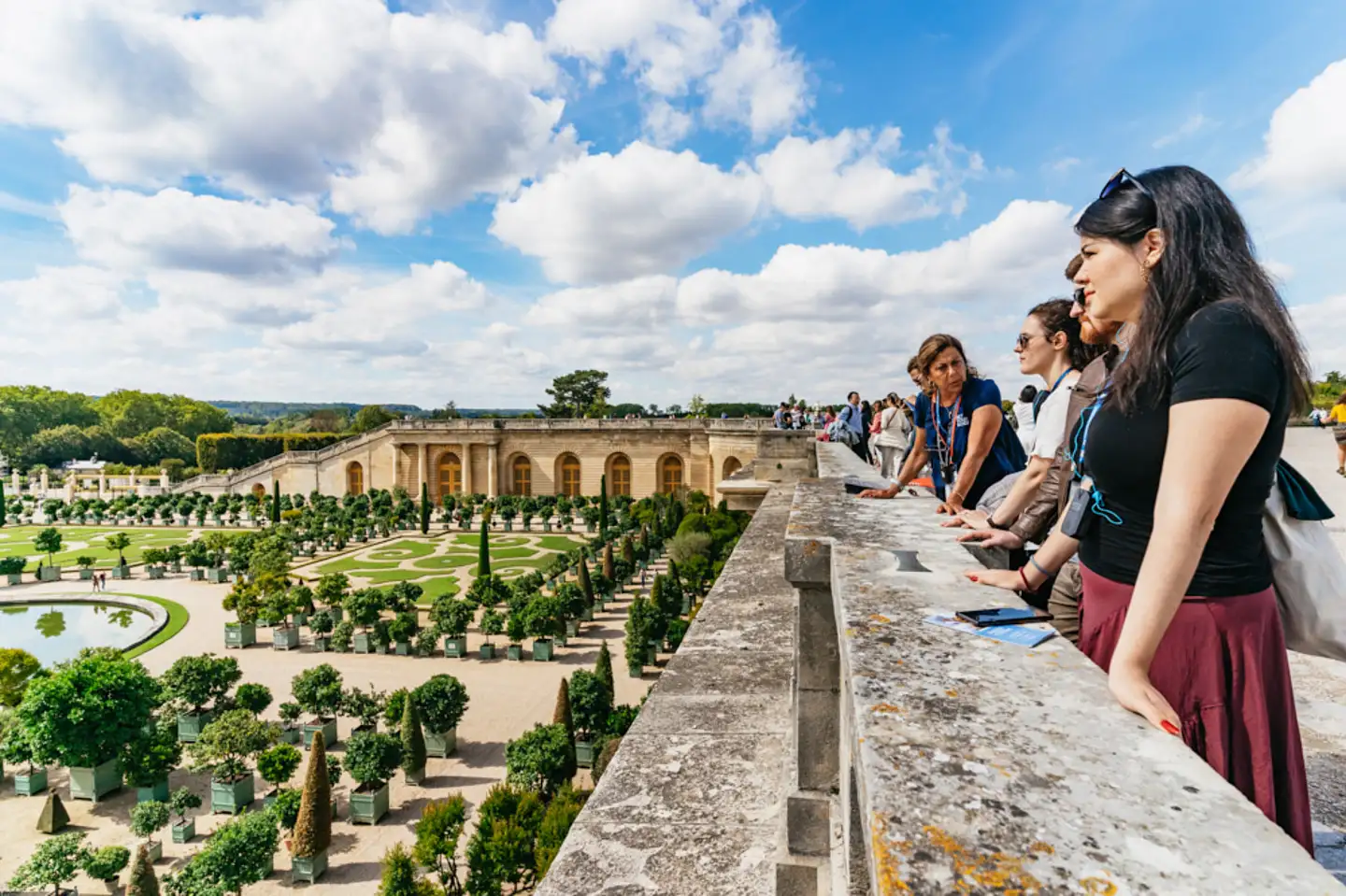
1. How much time do I need for Versailles?
To see the main highlights without feeling rushed, you should plan for a full day. A full-day visit allows you to explore the palace in the morning, have lunch, and then spend the afternoon in the vast gardens and the Trianon estate. If you are short on time, a half-day (4-5 hours) is enough to see the palace and take a quick look at the gardens.
2. Can I take photos inside the Palace?
Yes, photography without a flash is generally permitted inside the Palace of Versailles for personal use. However, the use of selfie sticks is prohibited. Be mindful of the crowds and try not to obstruct the flow of traffic while taking your pictures.
3. Is Versailles accessible for visitors with disabilities?
The Palace of Versailles has made significant efforts to be accessible. Most areas of the palace are wheelchair accessible via elevators and ramps. The gardens have paved paths, but the gravel walkways can be challenging. Free loan of wheelchairs is available at the entrance. It’s best to check the official website for detailed accessibility information before your visit.
4. What is the best way to get to Versailles from Paris?
The easiest and most common way to get to Versailles from Paris is by train. You can take the RER C train line directly to the Versailles Château Rive Gauche station, which is just a 10-minute walk from the palace entrance. The journey takes about 40 minutes from central Paris.
5. Are there guided tours available?
Yes, there are many guided tour options available. You can book a tour through the official Versailles website, which offers access to areas not open to the general public, like the King’s Private Apartments. Many private tour companies also offer guided experiences. Alternatively, you can use the free audio guide available at the palace entrance or download the official palace app for a self-guided tour. A good Versailles blog like ours can also act as your personal guide.
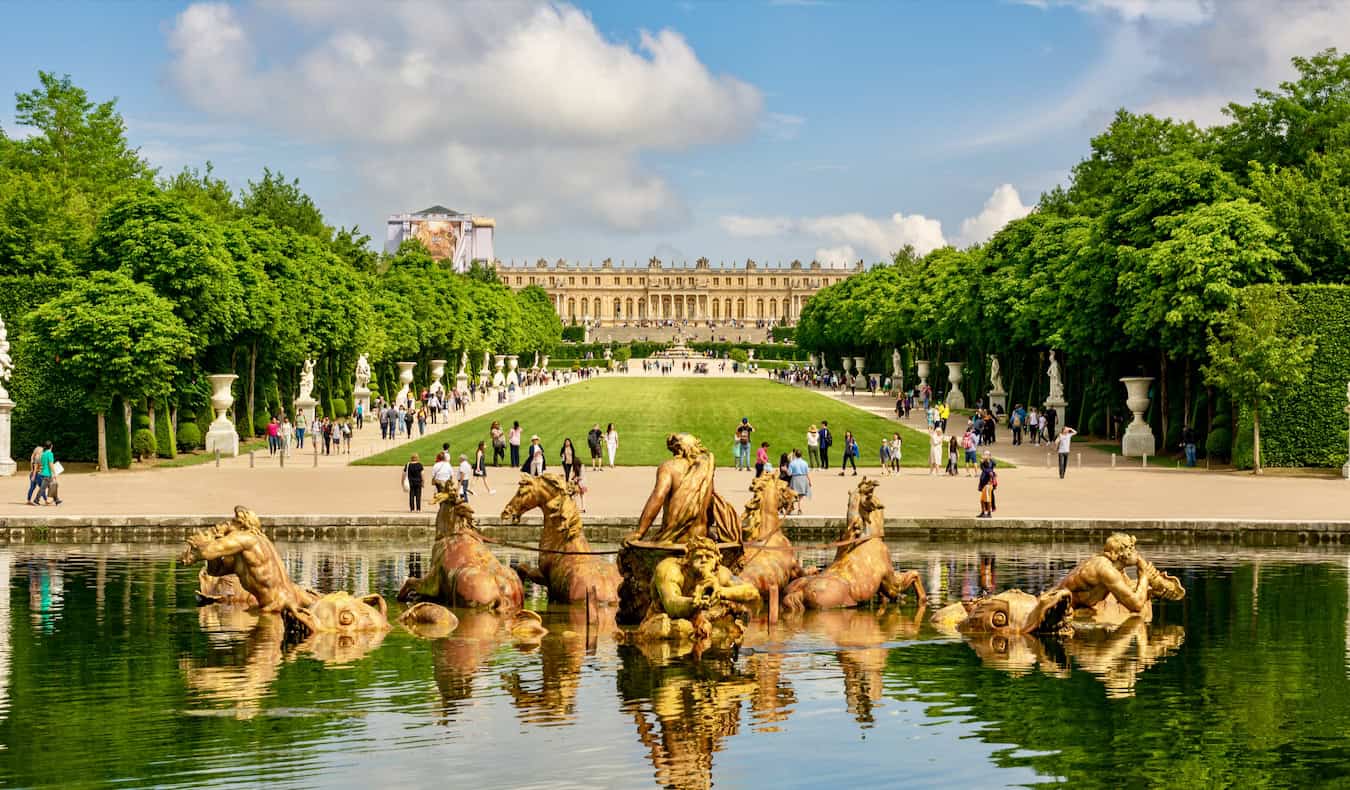

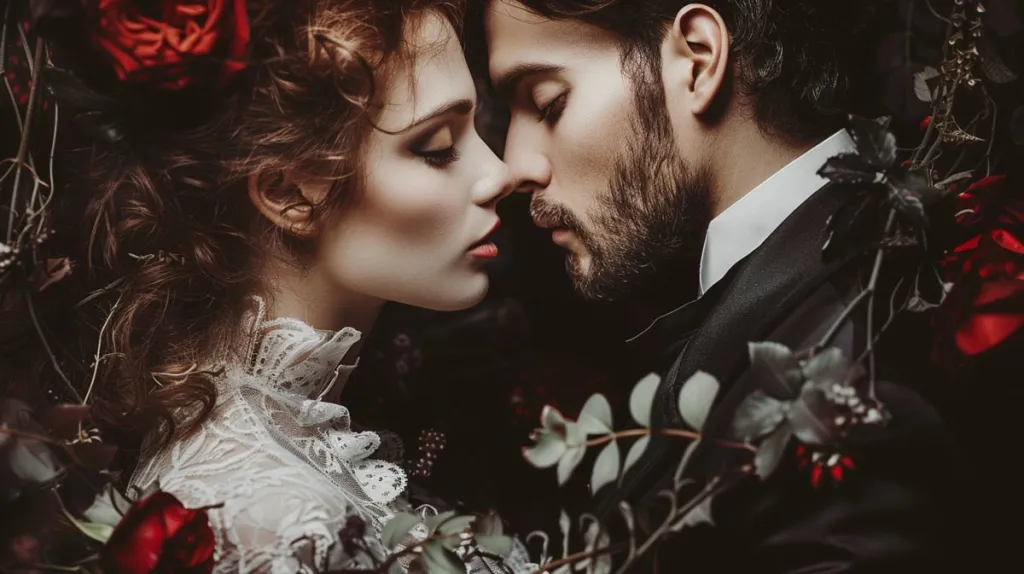

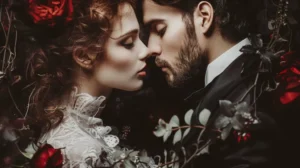





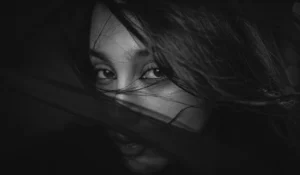


Post Comment